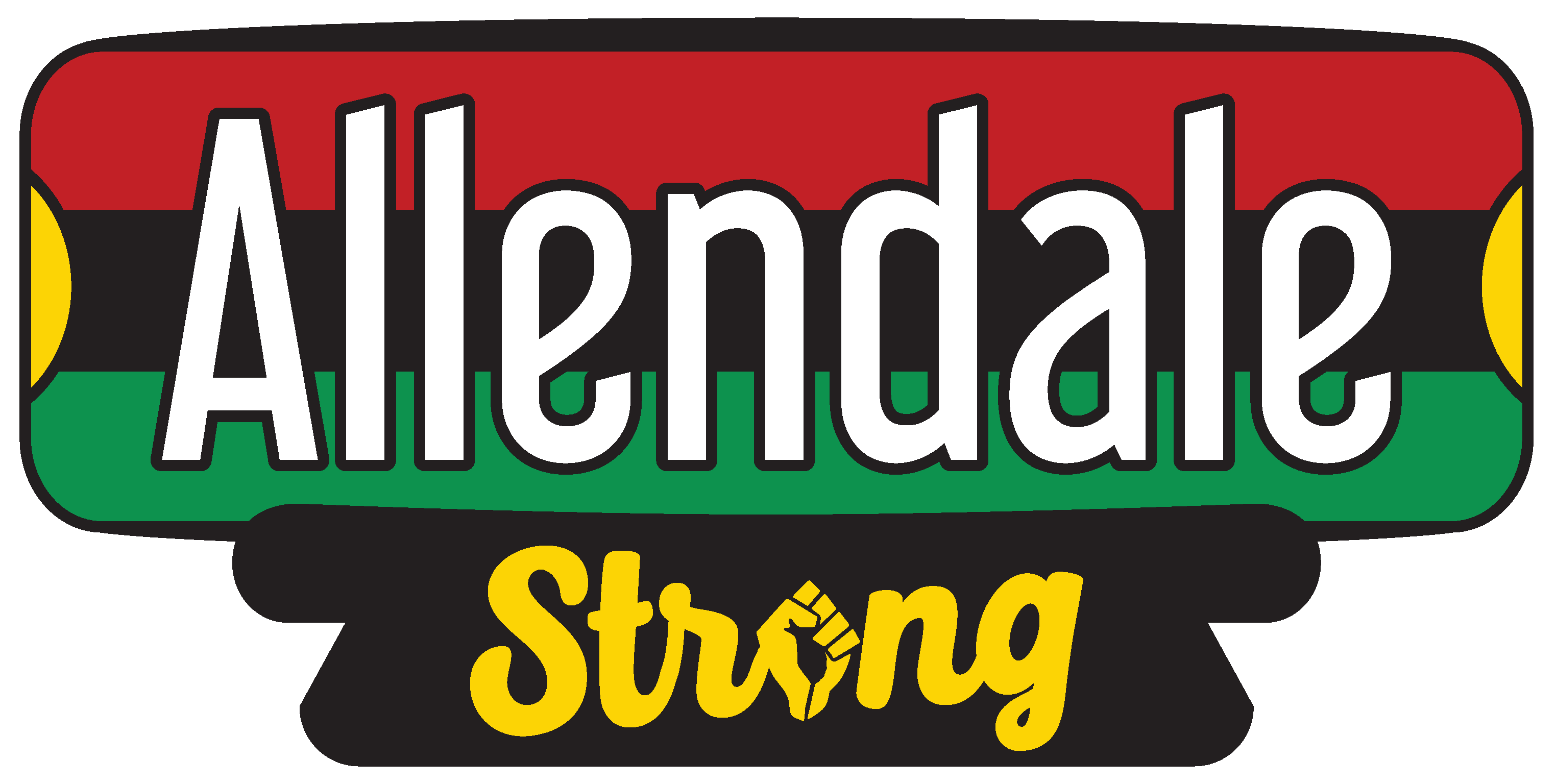BOSSIER CITY – Shreveport’s Allendale Strong freeway fighters this week pressed Louisiana policymakers to cancel the controversial Interstate 49 Inner-city Connector project through inner-city Shreveport.
“How do cities benefit from inner-city highways?” asked John Perkins, Allendale Strong member, to the Joint Legislative Transportation Committee meeting at the Bossier Civic Center.
“It turns out there is no benefit, and cities are removing these highways because they are destructive.”
Kim Mitchell, Shreveport architect and co-founder of Allendale Strong, said cities across Louisiana have “sacrificed environmentally, socially and economically while our state continues to commit funds we don’t have to build additional capacity we don’t need and can’t afford to properly maintain.”
Dorothy Wiley, Allendale Strong president, submitted written testimony to the legislative committee. She wrote:
“The last place that one billion of our precious taxpayer dollars should be spent is on an unnecessary and destructive freeway. Much better would be to invest these dollars in the roads, streets, sidewalks, water, sewer and drainage systems in our neglected inner-city communities.”
In her letter Wiley stressed not only the destructive nature of cutting a freeway through Ledbetter Heights and Allendale, but alternatives presented by Allendale Strong to accommodate “local” and “through” traffic:
- A “business boulevard” composed of Pete Harris Drive, North Common Street and North Market Street. Wiley said this surface route would “accomplish the desired local traffic needs, build wealth in adjacent communities and avoid severe disruption to Shreveport’s historic inner city” that would occur with the construction of the ICC; and
- Upgrading the existing loop around west Shreveport composed of I-220 and Louisiana 3132. Wiley said the loop “efficiently satisfies the requirements for through traffic not doing business in Shreveport” and avoids the expense and disruption of the ICC.
Mitchell said the Northwest Louisiana Council of Governments, in advocating for the ICC, is using outdated information to wrongly suggest the I-220 / LA 3132 loop must be expanded to six lanes to become I-49 when four lanes are adequate.
Allendale Strong member Bill Robertson said backers of the connector project live in outlying Shreveport suburbs and rural parishes while the people who will be harmed by the freeway live in Allendale and Ledbetter Heights.
“How is that fair?” he asked. “People in the rural parishes and suburbs have left Shreveport, and those who have stayed must sacrifice their neighborhoods so people can save three minutes driving through our city.”
Perkins noted that federal highway officials canceled the I-49 Inner-city Connector project in the 1990s, only to have it revived by local officials a decade later.
Perkins said Shreveport, Caddo and Bossier local governments should prepare for the financial burden that comes with their share of the $1-billion projected cost of the connector highway.
“The non-federal match is typically 20 percent. That’s $200 million,” Perkins said.
It could be much more than that. NLCOG Director Kent Rogers told the House Transportation Committee last month that construction of the uncontroversial I-49 section from I-220 to the Arkansas line cost $800 million and required a 65-percent State contribution to match 35 percent from the federal government.
If that ratio is used for the $1-billion connector project, local governments and the State of Louisiana would have to find $650 million.
Rogers told the House members that only $50 million “in cash” was currently available.
State transportation officials face more budget problems than I-49. The Joint Legislative Committee on Transportation hearing in Bossier City Wednesday came on the heels of a report commissioned by the Legislature analyzing Louisiana’s Department of Transportation and Development. The audit said DOTD has $19 billion in unfunded transportation projects and no easy way to bridge the gap.
“We can help you with that,” Robertson told the legislators in Bossier City. “Drop the 49 connector and you immediately lop off $1 billion.”
The long-running saga of the Inner-city Connector is expected to continue for several more years, if not decades. NLCOG representatives told the legislative committee Wednesday that a decision on the preferred route for the connector is not expected before the middle of 2026.
###
